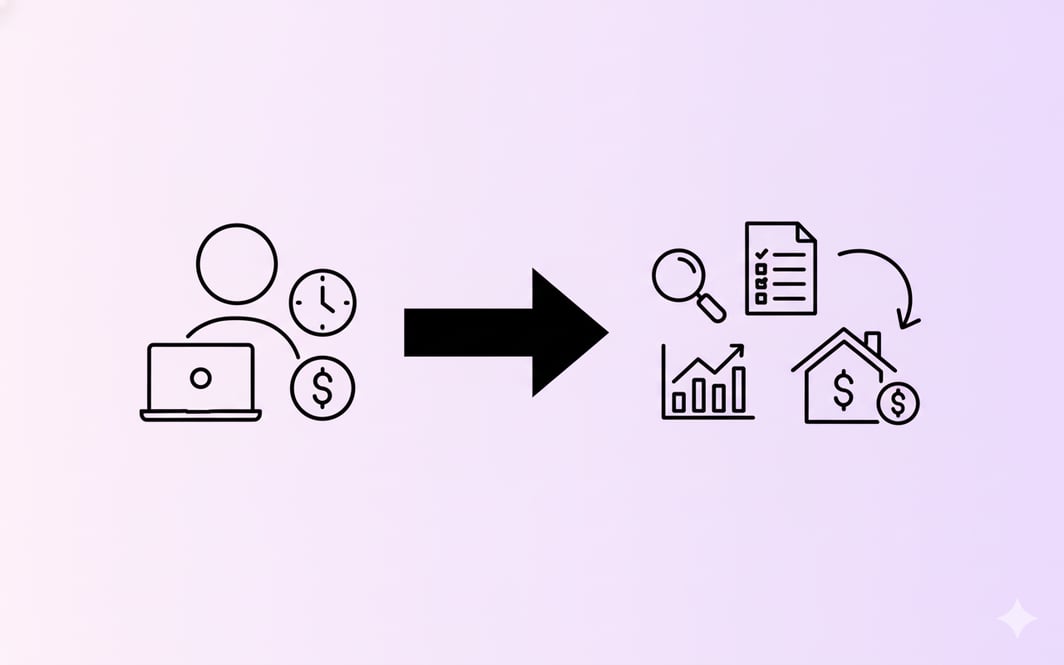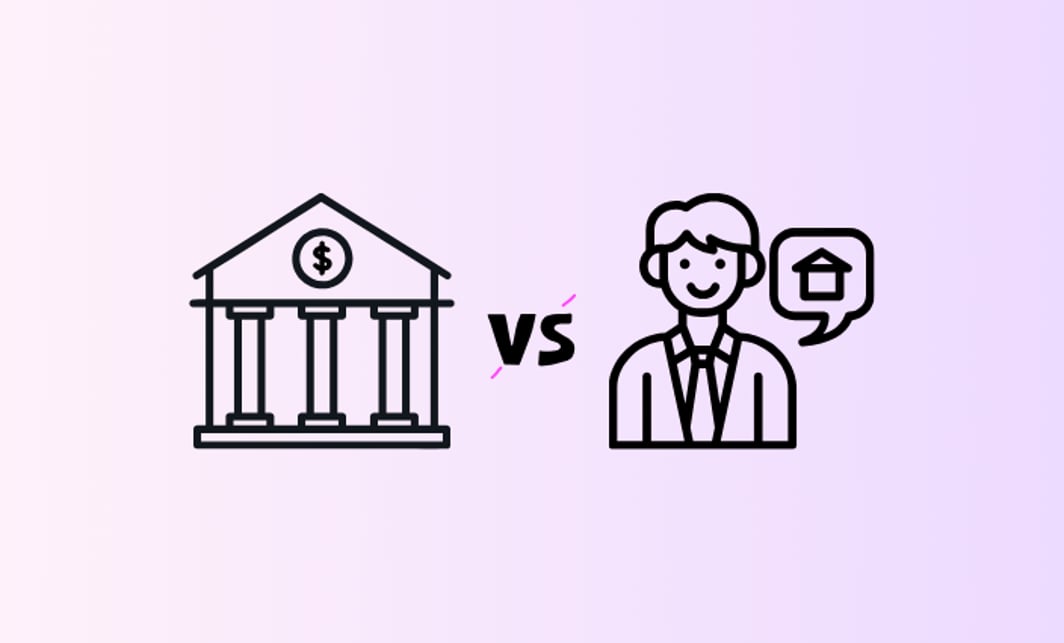Home loan pre-approval is a crucial early step in the Australian property buying process, providing clarity, confidence, and a competitive edge whether you are a first home buyer or an existing homeowner looking to refinance. This guide demystifies the home loan pre-approval process, outlining its benefits, requirements, and practical considerations to help you navigate this important milestone with confidence and ease.
Introduction to Home Loan Pre-Approval
What is home loan Pre-Approval?
Home loan pre-approval is a conditional commitment by a lender to lend a specific amount based on an initial assessment of your financial situation. It is not a formal loan approval but rather an agreement in principle that indicates your borrowing capacity, subject to further verification and conditions such as property valuation.
For buyers, obtaining pre-approval early in the process clarifies the budget for property searches and strengthens negotiation positions by demonstrating to sellers and agents that you are a serious, financially capable buyer. For refinancers, it provides a benchmark for securing better loan terms or switching lenders.
Typical validity periods and consumer communication
In Australia, home loan pre-approvals typically last around 90 days, though some lenders may offer shorter or longer validity periods (60 to 120 days). This timeframe allows buyers sufficient time to find and make offers on properties while maintaining the lender’s assessment relevance. Lenders generally communicate these validity periods clearly in the pre-approval documentation, though consumer advocacy groups encourage ongoing improvements in transparency to ensure buyers fully understand the conditions and time limits attached to pre-approvals.
Requirements and Process for Home Loan Pre-Approval
Key documentation and financial details required
To obtain pre-approval, lenders require comprehensive documentation to assess your financial capacity and risk. The key documents and information typically include:
- Proof of identity: Passport, driver’s license, or other government-issued ID.
- Income verification: Recent payslips, tax returns, or business financial statements (for self-employed applicants).
- Assets and liabilities: Bank statements, details of existing loans, credit cards, and other debts.
- Home loan application form: Completed with personal, employment, and financial details.
- Property-related documents: Contract of sale or purchase agreement (if available).
- Evidence of eligibility for government grants: Especially for first home buyers applying for grants or concessions.
This comprehensive package enables lenders to evaluate your ability to service the loan and estimate your maximum borrowing capacity accurately.
Typical timeframes and how to expedite processing
Pre-approval processing times vary based on lender, applicant preparedness, and the complexity of financial situations. Some lenders offer fast online pre-approval, providing conditional assessments within hours or a couple of days, particularly when applicants submit complete digital documentation upfront.
Generally, the process can take anywhere from same-day to one week. To expedite your pre-approval:
- Prepare and submit all necessary documents in advance.
- Engage a mortgage broker who can liaise efficiently with lenders.
- Use lenders’ digital platforms for document submission.
- Avoid applying when financial situations are unstable or incomplete.
Regulatory considerations also affect processing times, as lenders must comply with ASIC guidelines to ensure responsible lending practices.
Common reasons for declined Pre-Approval and proactive solutions
Lenders may decline pre-approval applications for various reasons, including:
- Poor credit score or insufficient credit history.
- High loan-to-valuation ratio (LVR): Typically, lenders prefer an LVR below 80%.
- Unverified or unstable income.
- High debt-to-income ratio or excessive household debt.
To improve your chances:
- Manage and improve your credit score by reducing outstanding debts.
- Save a larger deposit to lower the LVR.
- Provide up-to-date, verifiable income documentation.
- Maintain stable employment and avoid taking on new debts during the process.
Conditions that can alter or withdraw Pre-Approval
Pre-approval is conditional and can be withdrawn or altered if:
- Your financial situation changes (e.g., income reduction, new debts).
- The property valuation is lower than expected.
- Final credit checks reveal discrepancies.
- Documentation is incomplete or inconsistent.
- Contract terms of the property change significantly.
Lenders retain the right to withdraw pre-approval at any time before formal loan approval, underscoring the importance of maintaining financial stability and promptly responding to lender requests.
Financial Management and Implications of Pre-Approval
Influence on budgeting and home selection
Pre-approval provides a clear borrowing limit, helping buyers focus on properties within their financial means and avoid overstretching. Knowing your pre-approved amount enables realistic budgeting for:
- Property purchase price.
- Associated costs like stamp duty, legal fees, and mortgage insurance.
- Ongoing mortgage repayments which can fluctuate with interest rate changes.
For example, with rising interest rates, monthly repayments on an average Australian mortgage (~$600,000) can increase by over $1,000 annually, underscoring the need for prudent budgeting.
Maintaining financial stability post pre-approval
After receiving pre-approval, maintain financial discipline to ensure final loan approval:
- Avoid new debts or large purchases.
- Keep employment stable.
- Continue timely payments on existing obligations.
- Keep documentation updated and respond promptly to lender inquiries.
These practices align with regulatory expectations and lender risk assessments, which remain dynamic until loan settlement.
While pre-approval is often presented as a low-cost preliminary step, some lenders may charge:
- Application fees.
- Valuation fees.
- Administration charges.
ASIC and ACCC enforce regulations requiring lenders to disclose all fees transparently before commitment. Borrowers should carefully review all documents and ask explicitly about any potential fees to avoid surprises.
Technological Innovations and Security in Pre-Approval
Digital tools and best practices for documentation submission
Australian lenders and brokers increasingly use digital platforms and Customer Relationship Management (CRM) tools to streamline document collection and verification. The Australian Government Digital ID system also facilitates fast, secure identity verification. These technologies reduce processing times and minimise errors or fraud risks.
Automation, AI, and Explainable AI in Pre-Approval decisions
Automation and AI algorithms accelerate pre-approval decisions by:
- Quickly analysing applicant data.
- Predicting creditworthiness.
- Minimising human bias.
Explainable AI (XAI) techniques enhance transparency, enabling consumers and regulators to understand decision logic, helping meet ASIC compliance standards.
Biometric authentication and integration challenges
Biometric authentication improves security and user experience by streamlining identity checks. However, integrating biometrics with AI platforms requires careful adherence to privacy laws and ethical standards. Regulators emphasise fairness, transparency, and accessibility to prevent discrimination and ensure equitable service.
Security measures protecting user data online
Online pre-approval platforms implement:
- Encryption to protect data in transit and at rest.
- Access controls and authentication protocols.
- Regular compliance audits.
- Transparent privacy policies.
ASIC and the Office of the Australian Information Commissioner (OAIC) coordinate to respond swiftly to data breaches, reinforcing consumer confidence in digital lending processes.
Regulatory Framework and Compliance in Home Loan Pre-Approval
ASIC’s regulatory guidance and enforcement impact
ASIC’s Regulatory Guide 209 (RG 209) on responsible lending requires lenders to conduct thorough assessments of borrower financial situations to prevent unsuitable loans. Ongoing enforcement actions target lenders failing to meet these standards, resulting in tighter pre-approval scrutiny.
Documentation and disclosure standards for agents and lenders
Agents and lenders must verify the authenticity of pre-approval documents, ensuring they contain:
- Verification of identity.
- Income and asset evidence.
- Complete, accurate financial information.
These practices comply with ASIC and credit licensing laws designed to protect consumers and uphold responsible lending obligations.
Responsible lending obligations and consumer protections
Responsible lending principles require that loans are suitable and affordable for borrowers, minimising risk of default. These obligations shape pre-approval processes by enforcing robust verification and disclosure standards, enhancing consumer protection across the lending lifecycle.
Roles and Best Practices for Real Estate Agents in Pre-Approval
Verifying buyer’s Pre-Approval status
Agents should:
- Request official, recent pre-approval letters from buyers.
- Confirm authenticity directly with lenders or brokers.
- Understand that pre-approval is conditional, not a guarantee.
- Be aware of expiration dates and lender conditions.
Recognising red flags and pitfalls in Pre-Approval documents
Watch for:
- Conditional approvals misrepresented as full guarantees.
- Incomplete or outdated documentation.
- Financial instability signs, such as recent credit inquiries or high debts.
- Buyers misunderstanding pre-approval limitations.
Protocols to minimise fraud and misrepresentation risks
Best practices include:
- Verifying lender legitimacy and document authenticity.
- Using detailed checklists to spot inconsistencies.
- Collaborating with reputable mortgage brokers.
- Applying fraud risk assessment frameworks adapted from government standards.
Summary
Home loan pre-approval is an indispensable tool for Australian homebuyers and refinancers, providing clarity on borrowing capacity and enabling confident, competitive property negotiations. To maximise its benefits and minimise risks:
- Prepare thoroughly: Gather all required documentation upfront.
- Maintain financial stability: Avoid new debts and keep income steady post-pre-approval.
- Understand conditions: Recognize that pre-approval is conditional and time-limited.
- Leverage technology: Use online platforms and brokers’ expertise to expedite processing.
- Engage professionals: Work with trusted mortgage brokers and real estate agents who understand regulatory requirements and verification protocols.
By following these steps, buyers and refinancers can reduce anxiety, improve readiness, and increase the likelihood of securing their desired home loan efficiently and responsibly.




